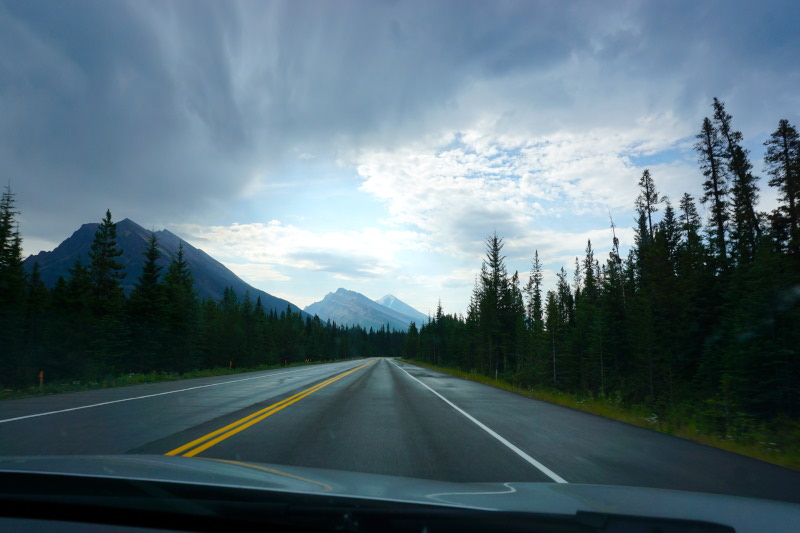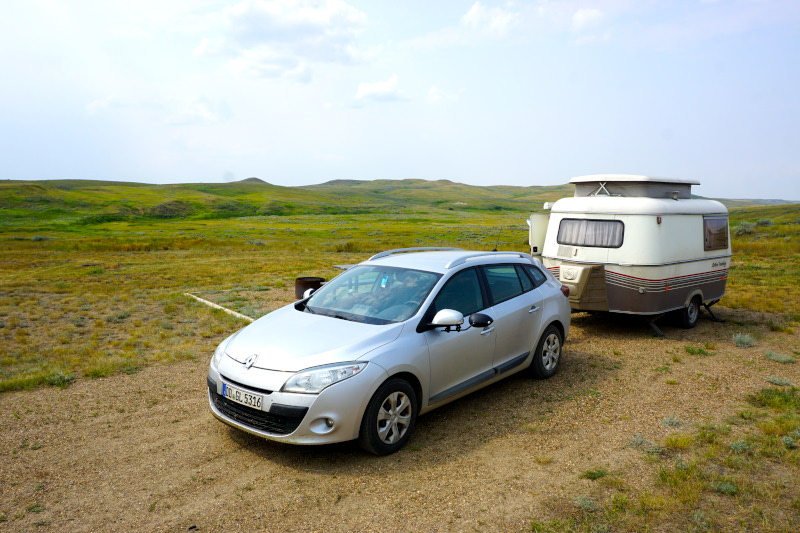10/07 – 30/07/2023
At the campsite in Saskatoon, we met a lovely Canadian family (some with German roots). So we spent a few great hours with them in the morning and evening of our “day off”. And luckily we were able to finish the report in between, too. 🙂
Then we continued to Grasslands National Park, one of the best-preserved mixed-grass prairie habitats in North America (with 70 grass species). On a hike to the oldest prairie dog colony in the park, we were able to experience the pristine nature of the prairie regions at first hand. Afterwards, we drove across this impressive landscape and even observed a bison in addition to many other prairie dogs.




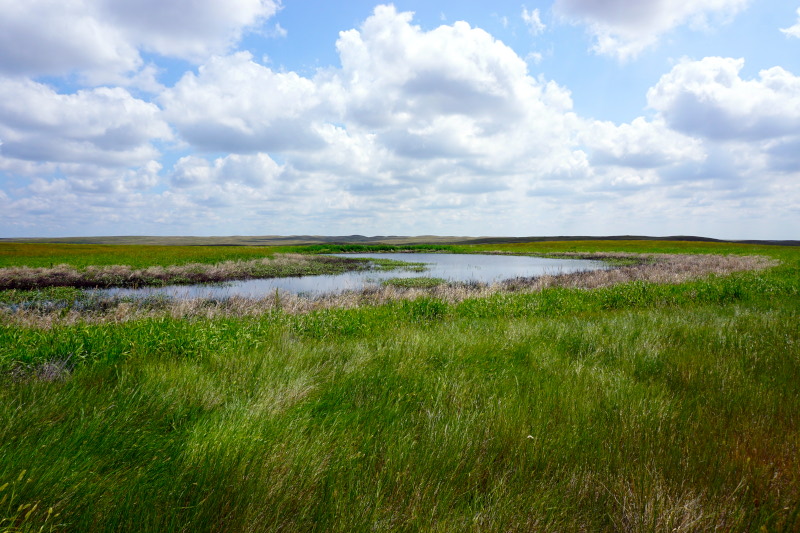



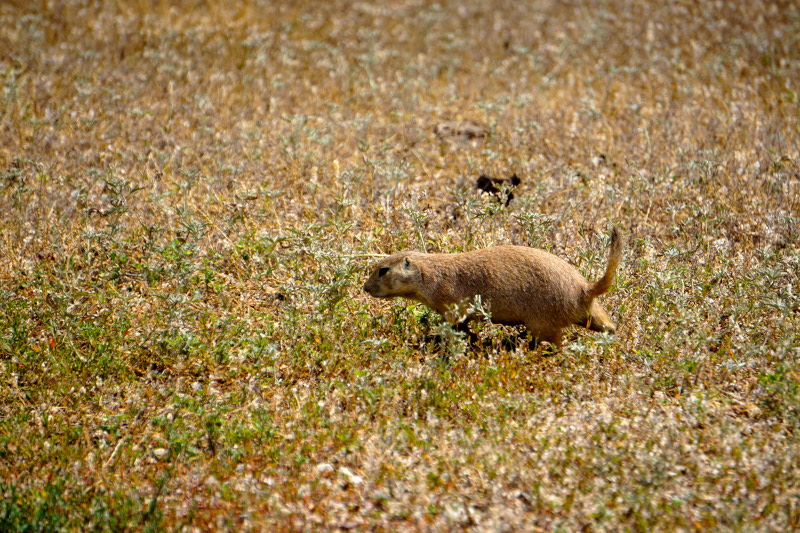
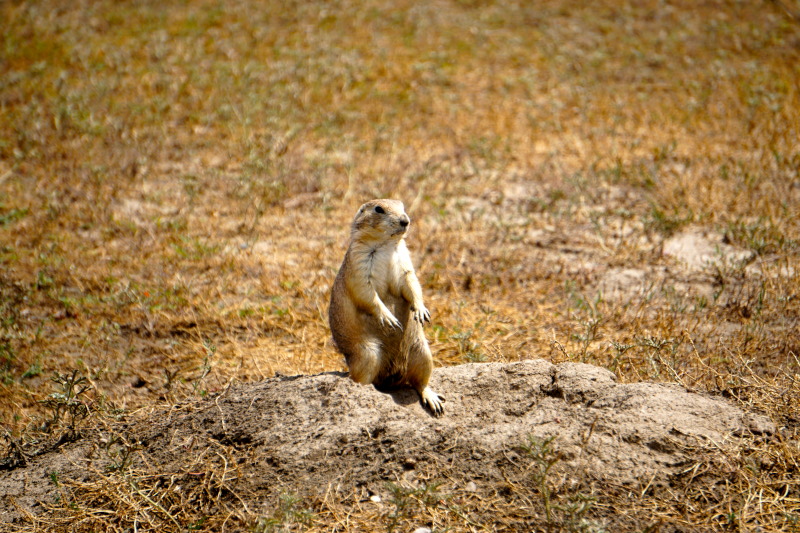

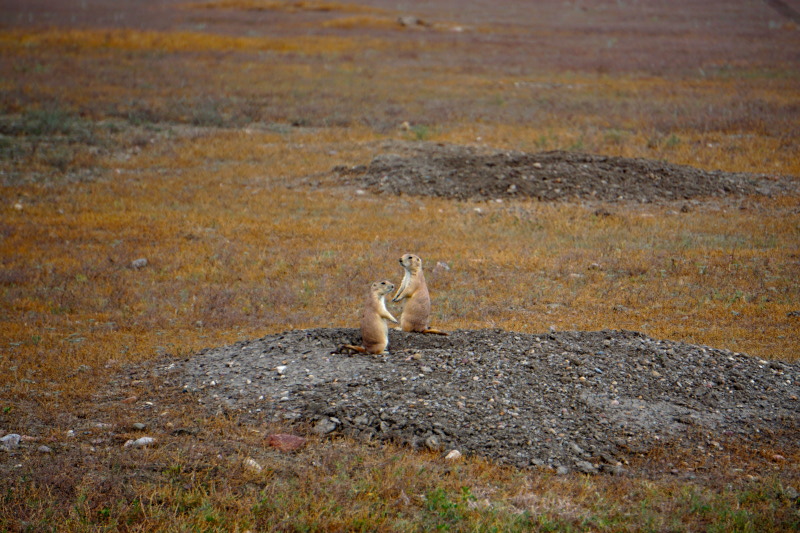
The next day we changed campsites and drove to the eastern part of the national park, a good 2 hours away. The so-called “badlands” predominating at this point were hardly suitable as farmland, but were at best usable as grazing land.






The first stop in the province of Alberta was at Dinosaur Provincial Park. This has been a UNESCO World Heritage Site since 1979 because, among other things, it is one of the most productive areas for finding dinosaur fossils in the world. To date, 58 different dinosaur species have been discovered here and an incredible number of complete skeletons have been uncovered. The main reason for this is that the Red Deer River has cut up to a hundred metres deep into the prairie, revealing layers of sand and clay that are 75 million years old.







In Drumheller we visited the Royal Tyrrell Museum and were totally impressed by the large number of exhibits and the variety & amount of information about the dinosaur era. Our personal highlights of the exhibition were the rare finds of almost completely preserved skeletons of various dinosaurs. The most beautiful and impressive examples were:
- juvenile Gorgosaurus libratus
- Black Beauty – completely preserved skeleton of a Tyrannosaurus rex. The bones are black due to the involvement of the element manganese in the fossilisation process.
- Borealopelta markmitchelli – new genus & species of nodosaur and best preserved armoured dinosaur worldwide, body armour incl. scales, skin and keratin mantle are original preserved.

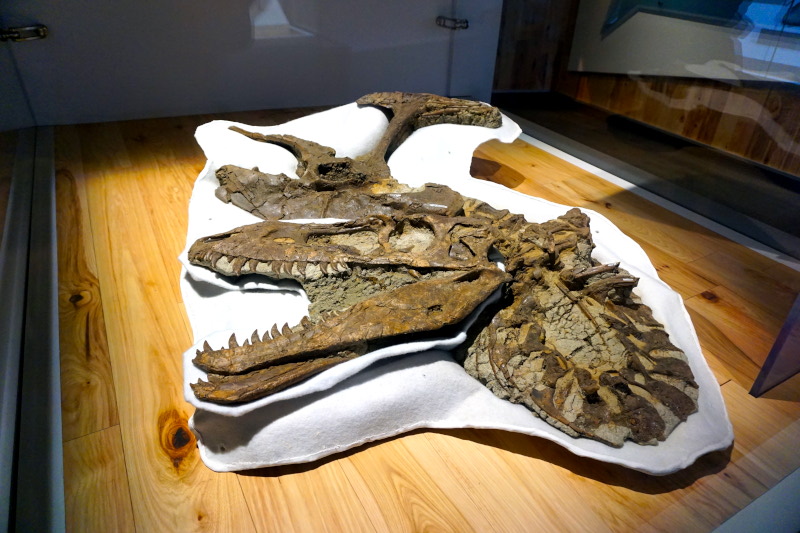

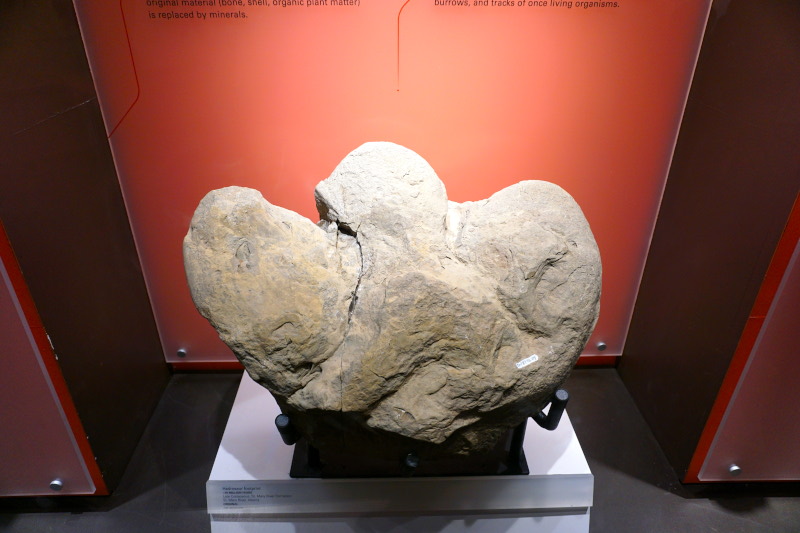






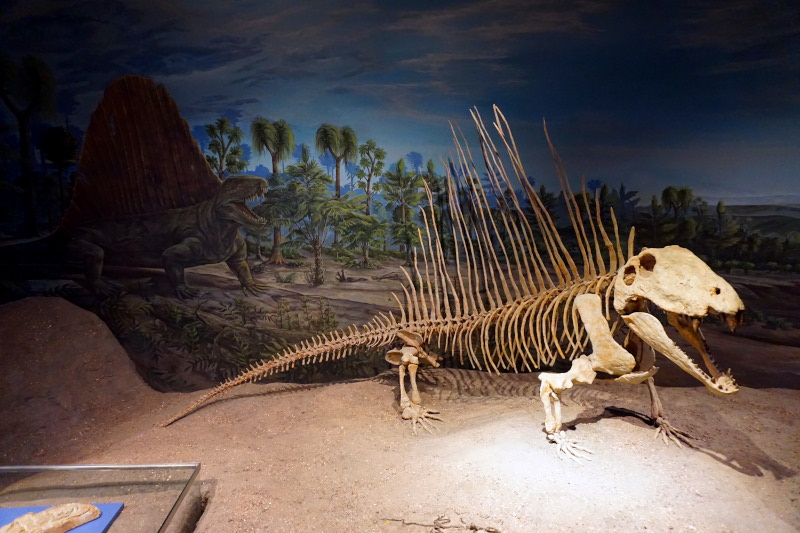


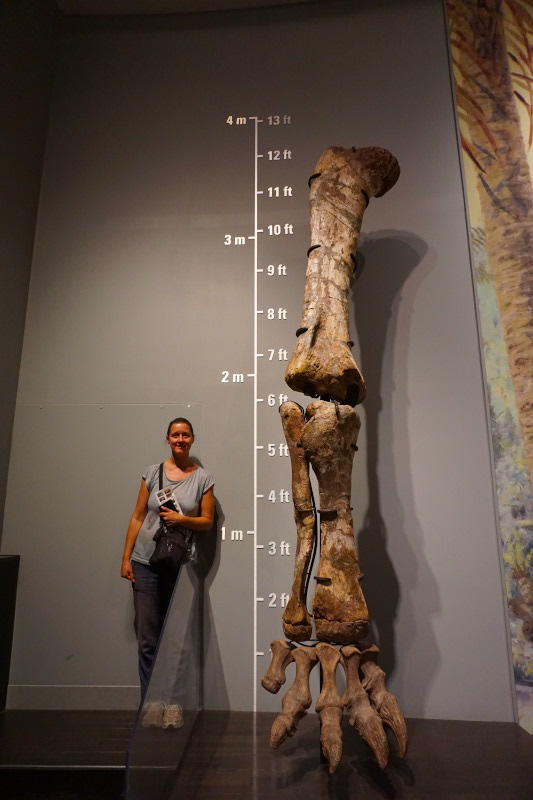








The following day we took a walk along the Red Deer River and looked at the interesting shapes of the hoodoos. These columns are made of sandstone, which weathers more quickly than the much harder capstones, as these also contain iron components.





The Rocky Mountains were our next destination. However, after many locals advised us again and again to avoid Banff National Park, which is completely overrun with tourists, we couldn’t help ourselves 😉 and put the recommendation to visit Jasper National Park further north into practice instead.
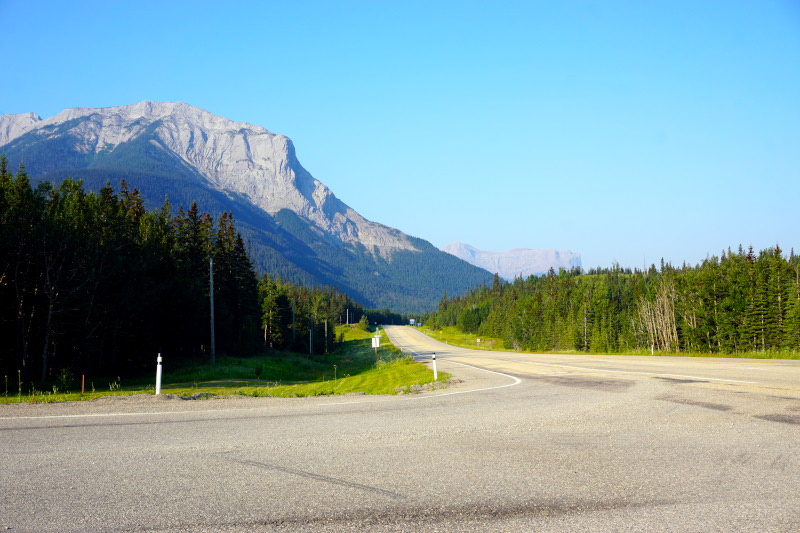
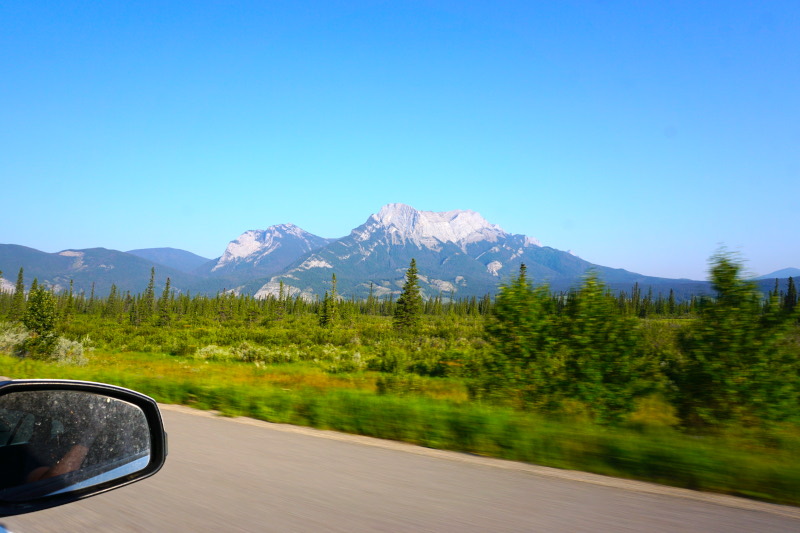
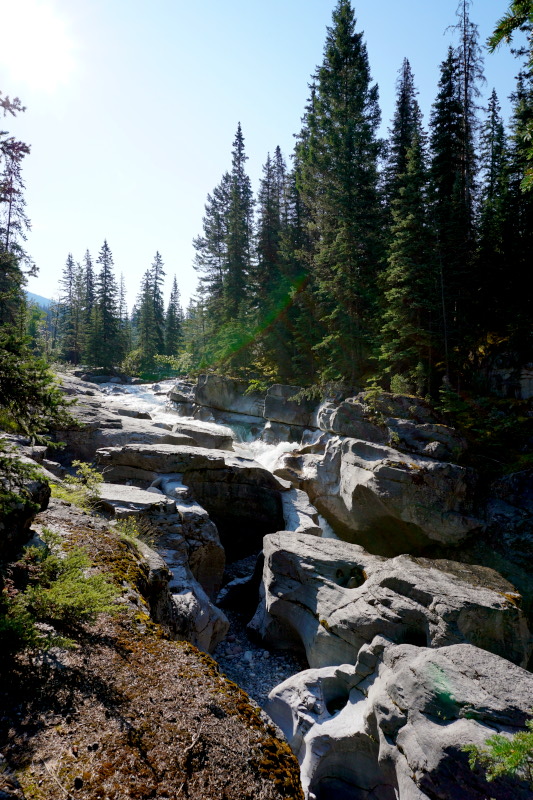







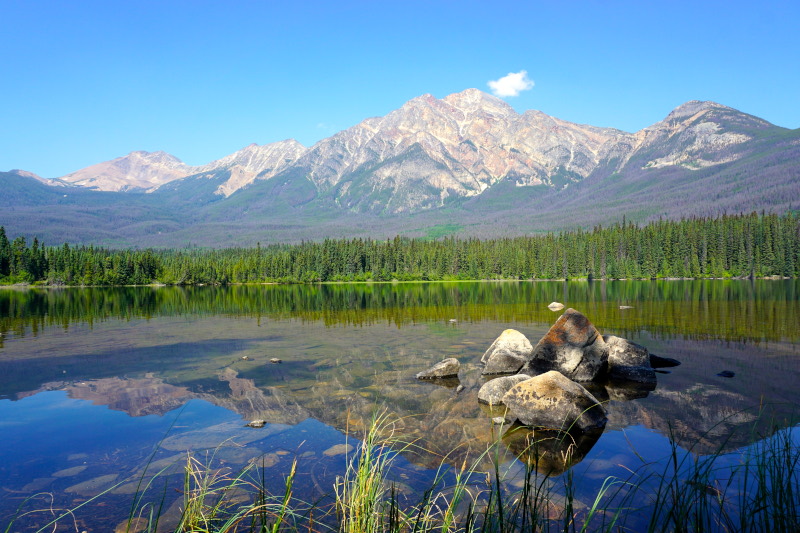
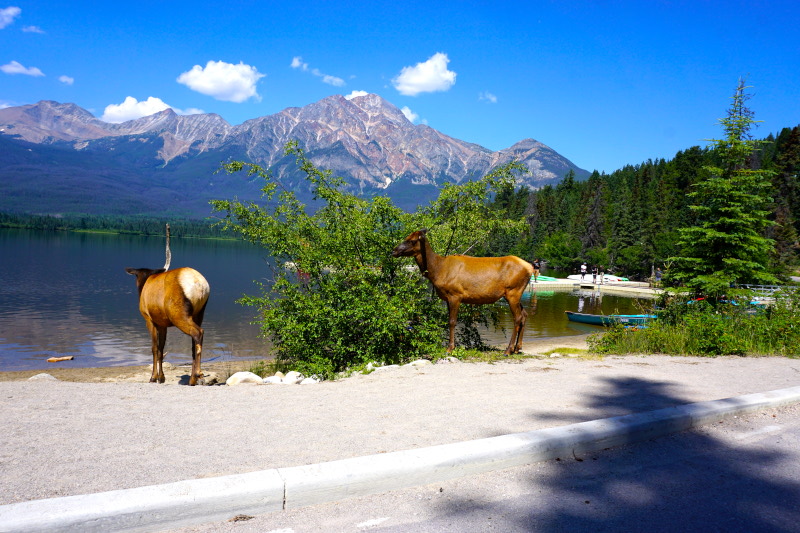


We turned south again and drove along the Icefields Parkway. This is THE tourist road of the Canadian Rockies and accordingly popular. But it is also undoubtedly worth the 290-kilometre drive, as you can expect thundering waterfalls, picturesque mountain panoramas, mountain lakes and glaciers along the way.



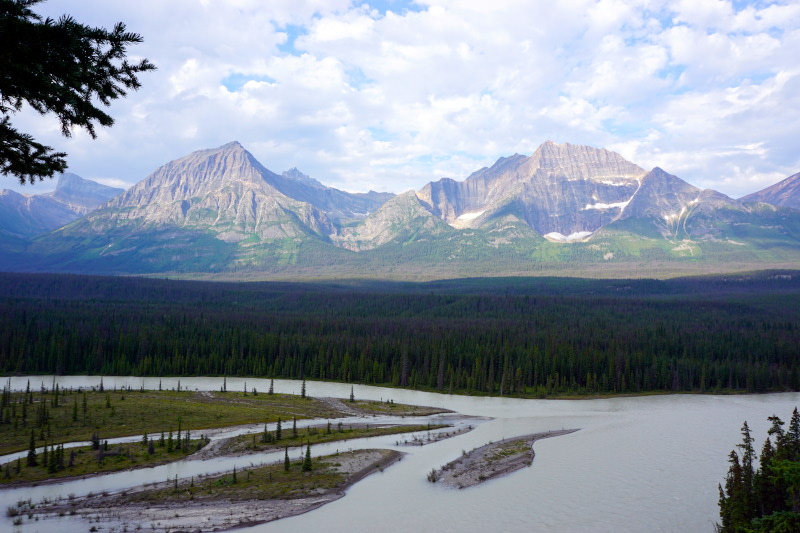
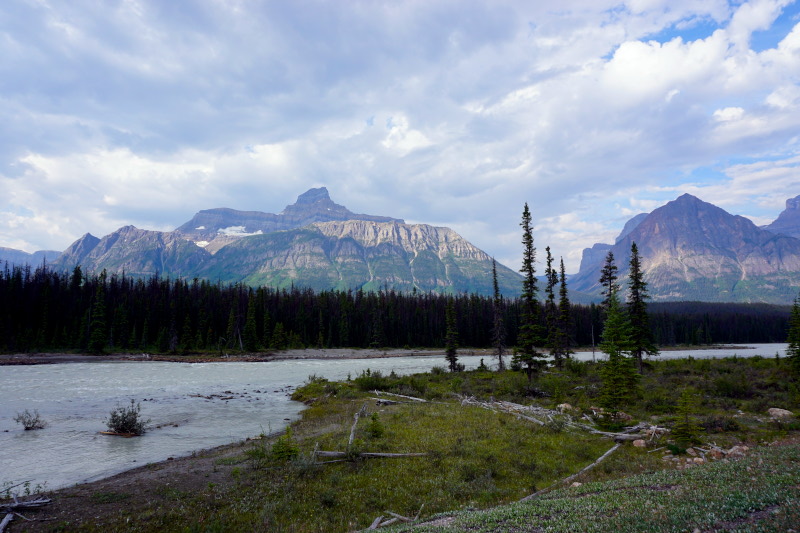



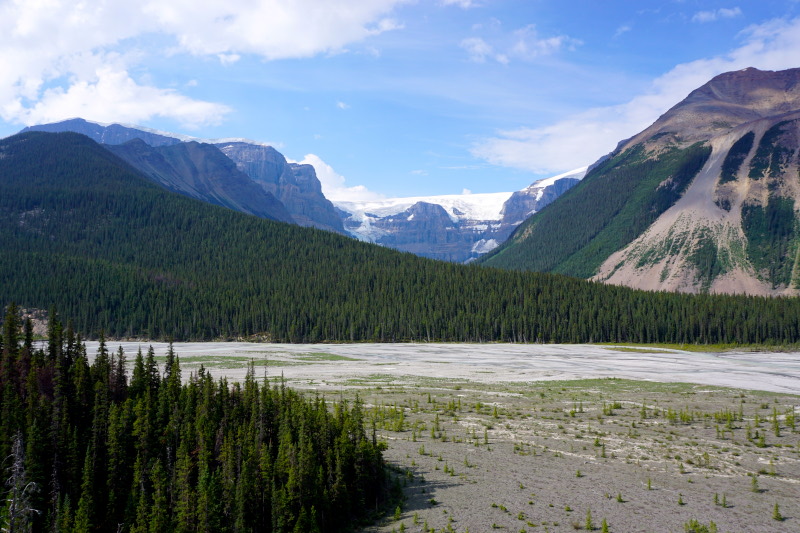
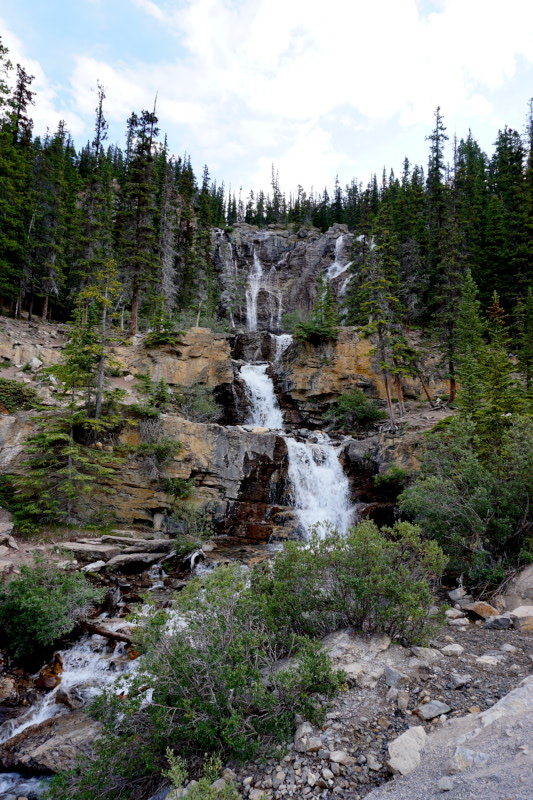









At the Bar U Ranch National Historic Site we learned a lot about the time of the big ranches in Canada. The completely preserved original 1882 estate was one of the largest & most successful cattle ranches and thus gives a good impression of life in those times. It was the classic time of cowboys and huge herds of cattle in the fenceless expanses of the prairies. With the beginning of the 20th century, however, the era of the huge, open farms ended and the Bar U Ranch became for a little more than a decade mainly a breeding station for Percherons, a breed of powerful workhorses originating from France.
















A huge boulder in the middle of the flat prairie landscape now caught our interest. It was the Okotoks Erratic, a quartz sandstone from a part of the Rocky Mountains about 350 km away.
We then continued to Waterton Lakes National Park. On two days of hiking we explored its nature, interrupted by a visit to another UNESCO World Heritage Site. At the “Head-Smashed-In Buffalo Jump” archaeologists found bison bones down to a depth of 10 m, proving that the Blackfoot tribe used this 20 m high cliff to hunt bison as early as 6000 years ago.






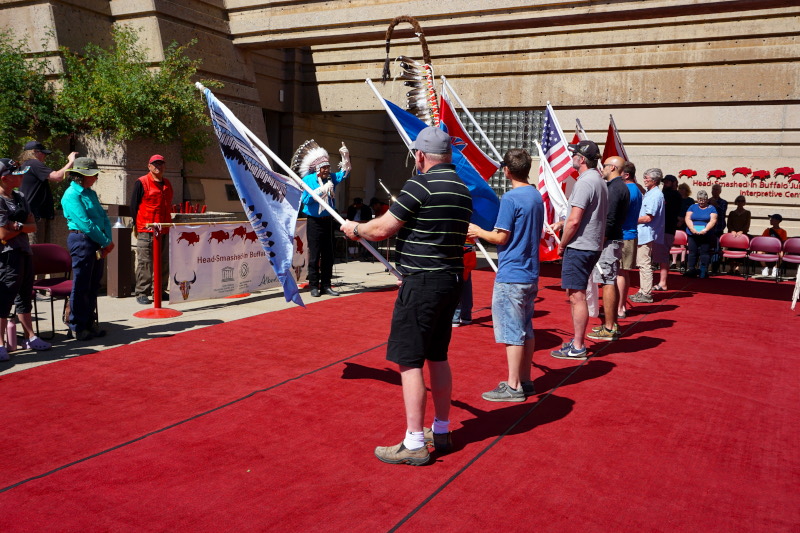



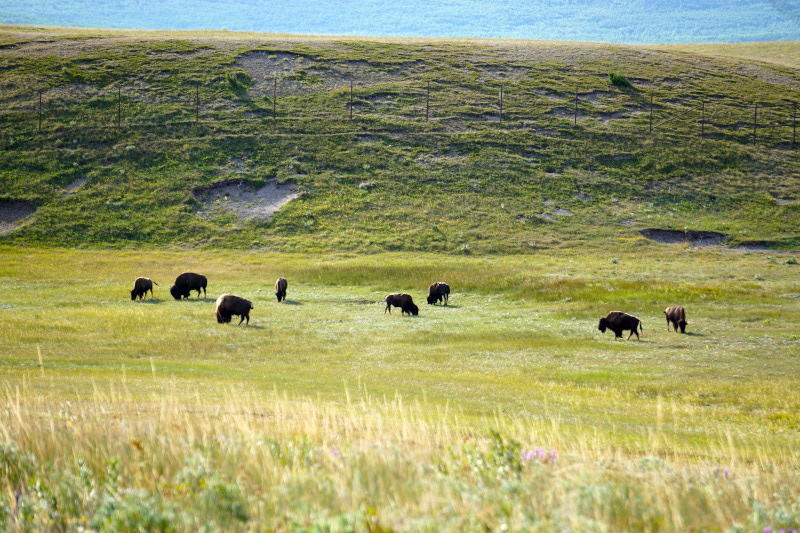







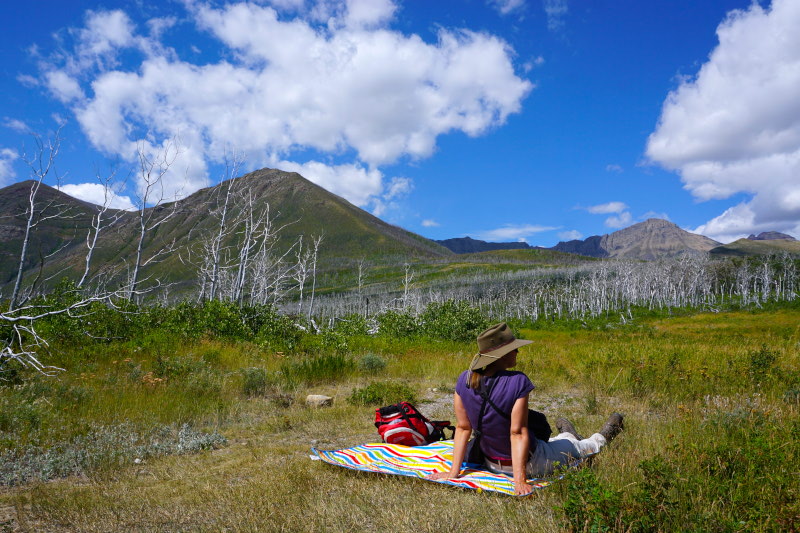


Before it was time to say goodbye to Canada, we visited Writing on Stone Provincial Park. Due to its up to 2000-year-old rock carvings and drawings, this park has also been a UNESCO World Heritage Site since 2019. The bizarre shapes of the sandstone rocks are the scenic highlight of this area.





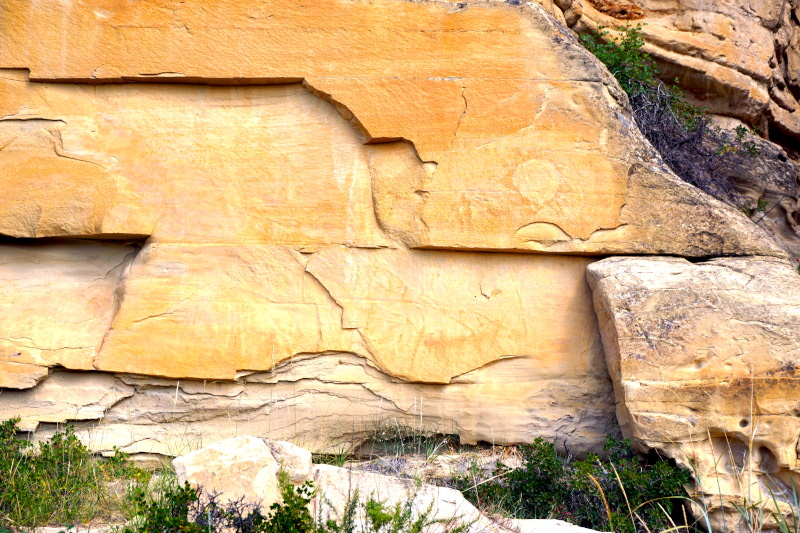


That’s the latest from our experiences. See you soon.


